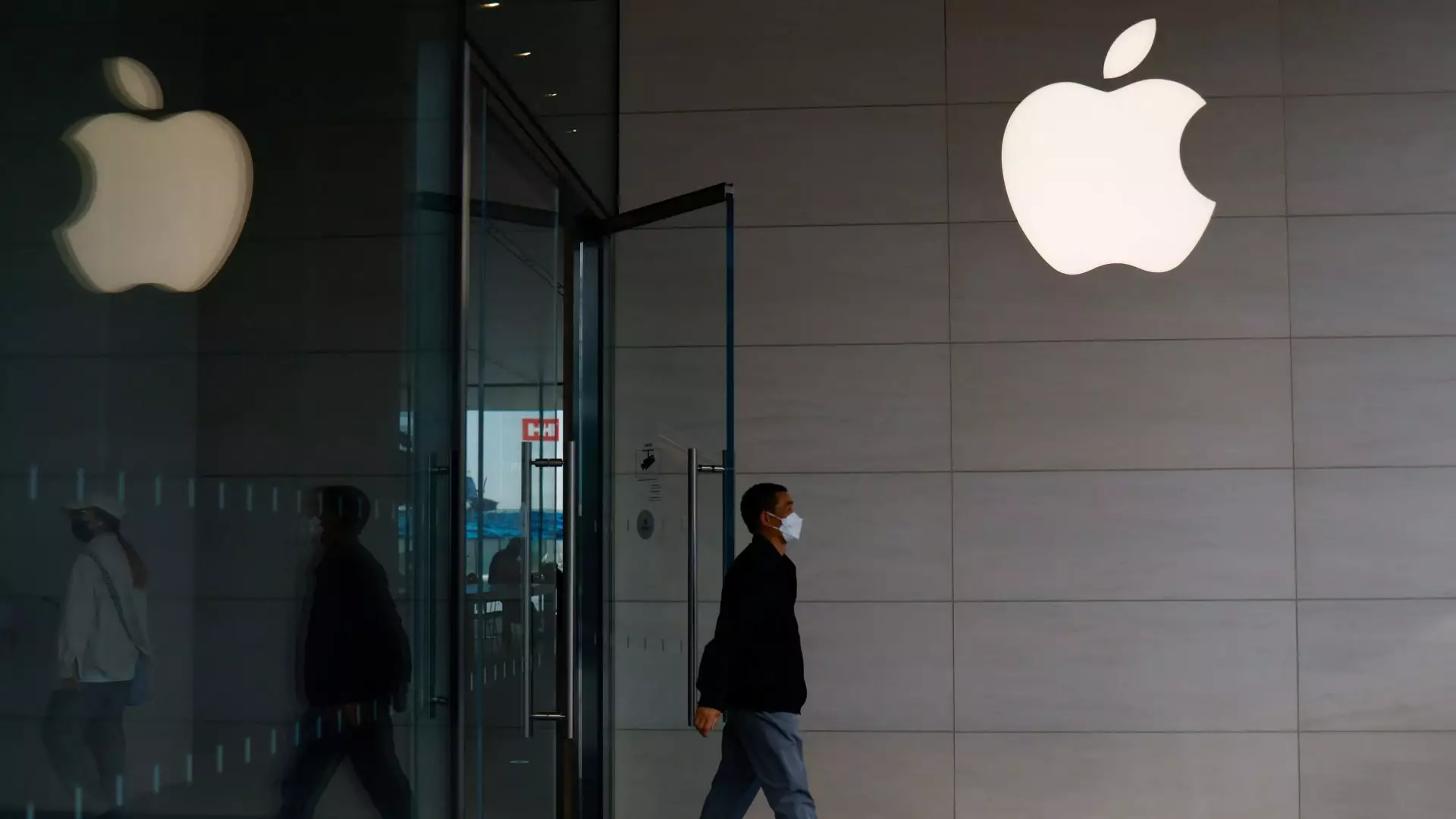In the world of investing, few companies evoke as much enthusiasm and skepticism as Apple Inc. This tech giant has weathered numerous market storms, and its historical performance suggests a capacity for resurgence, especially as we approach critical product launch periods. Historically, Apple shares have been known to outperform the S&P 500 significantly during the summer months leading into the September iPhone launch. An average return of 18% over the past seven years highlights Apple’s ongoing relevance and power in the consumer tech landscape. Investors often cling to the hope that Apple can, once again, rise from the ashes of underperformance, driven by the excitement that accompanies new product announcements.
The Present Landscape: A Challenging Year
Yet, this year tells a different, albeit familiar, tale. The year 2025 has not been kind to Apple, with shares plummeting over 19%. This decline is steep, particularly given the comparative stability of the S&P 500, which has crawled up by a mere 1%. The concerns surrounding international manufacturing and Trump’s tariff policies wreak havoc on investor confidence, positioning Apple in a precarious balancing act as it navigates these treacherous waters. Critics argue that such challenges could undermine Apple’s profit margins and long-term viability. Nevertheless, analysts like Samik Chatterjee assert that a rebound is possible, relying on historical patterns as a guide.
Anticipating the iPhone 17: Investor Sentiment
As analysts gauge market sentiment ahead of the Worldwide Developers Conference (WWDC), it’s clear that expectations are tempered. This subdued outlook could very well be the ignition point for Apple’s stock. When investors anticipate minimal outcomes, any positive news can lead to substantial gains. The tension surrounding the iPhone 17 cycle brings a dual-edged sword; while expectations are low, the room for surprises is significant. If Apple succeeds in addressing investor concerns and proves its innovative prowess through the capabilities showcased at the WWDC, we could witness a bullish turnaround.
Geopolitical Factors: The Ever-Present Risk
Still, lurking in the shadows are the geopolitical tensions between the U.S. and China. The lack of a trade deal remains a critical factor that could overshadow any immediate recovery Apple might experience. While Chatterjee and many on Wall Street maintain a bullish outlook, uncontrollable external variables consistently threaten to derail these projections. The tech industry is notoriously volatile, and tariffs introduce a layer of unpredictability that investors must navigate carefully. Ultimately, it is this external pressure that has led many to approach Apple’s future prospects with caution.
Prospects and Predictions: A Watchful Eye on Apple
With a consensus among analysts suggesting a 14% climb in Apple’s stock over the next year, the market seems to anticipate a turnaround. Amid the challenges of tariff-induced volatility and stock analyst skepticism, the potential for Apple to once again emerge as a leader rests on its strategic moves in the upcoming months. The company’s ability to innovate and reassure beleaguered investors will be pivotal. If there is a silver lining to this year’s disappointments, it could very well be the chance for Apple to redefine itself as it presses forward into a competitive future dominated by artificial intelligence and unique consumer offerings. Those keeping a close watch on this tech stalwart know that, with Apple, the possibilities are endless.


Leave a Reply